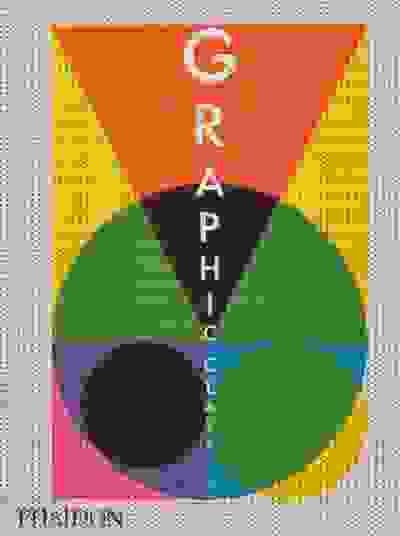Your cart is currently empty.
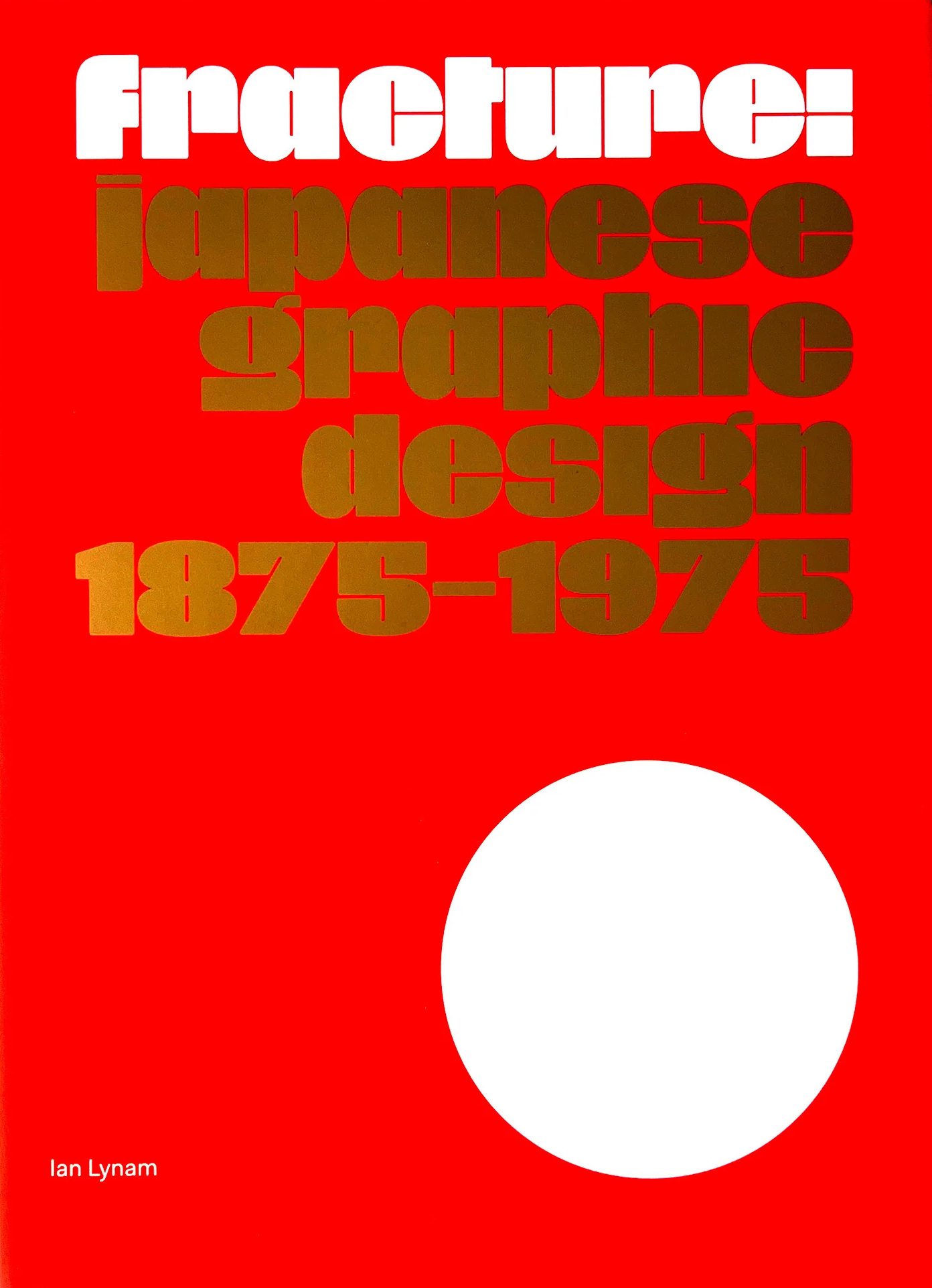
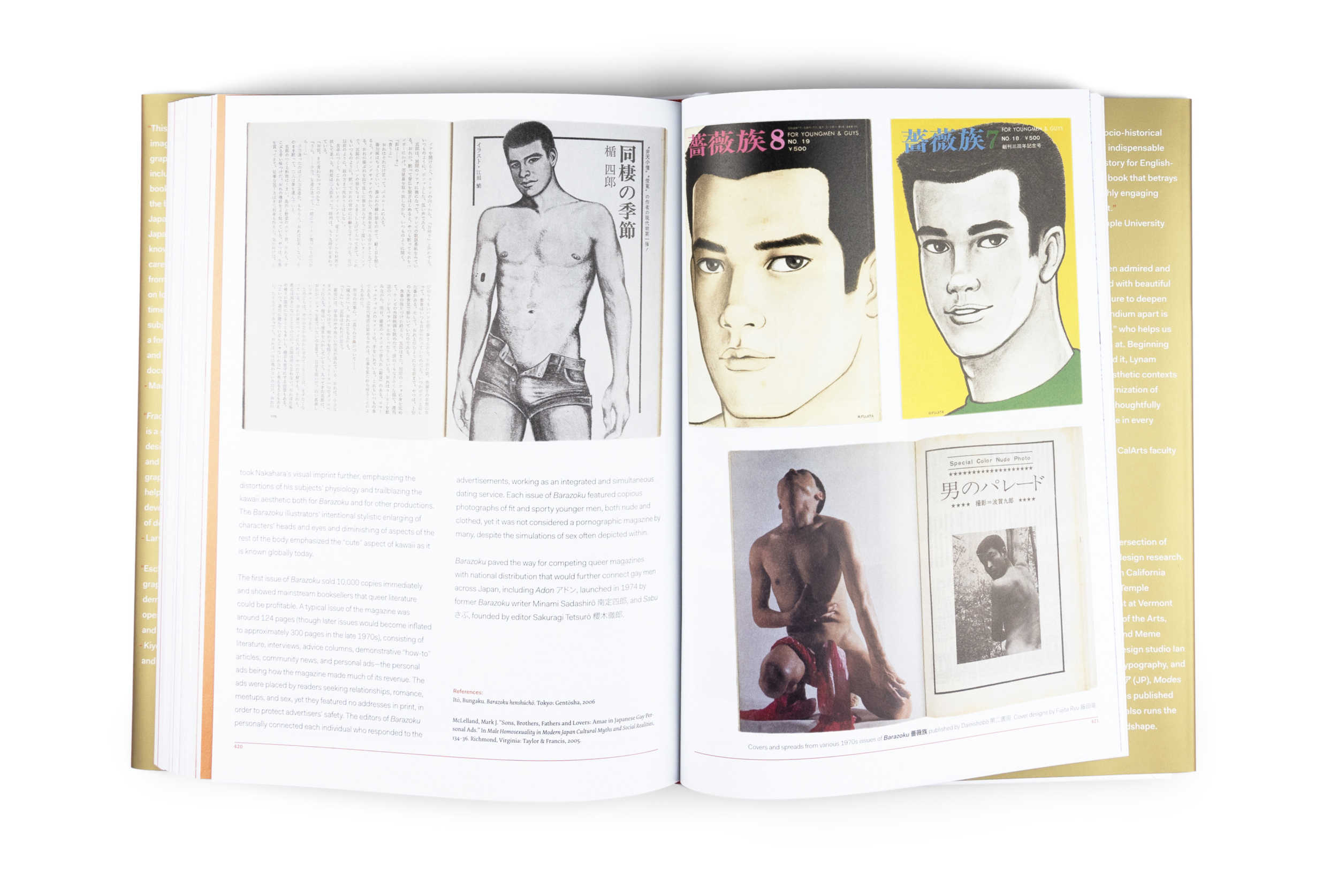

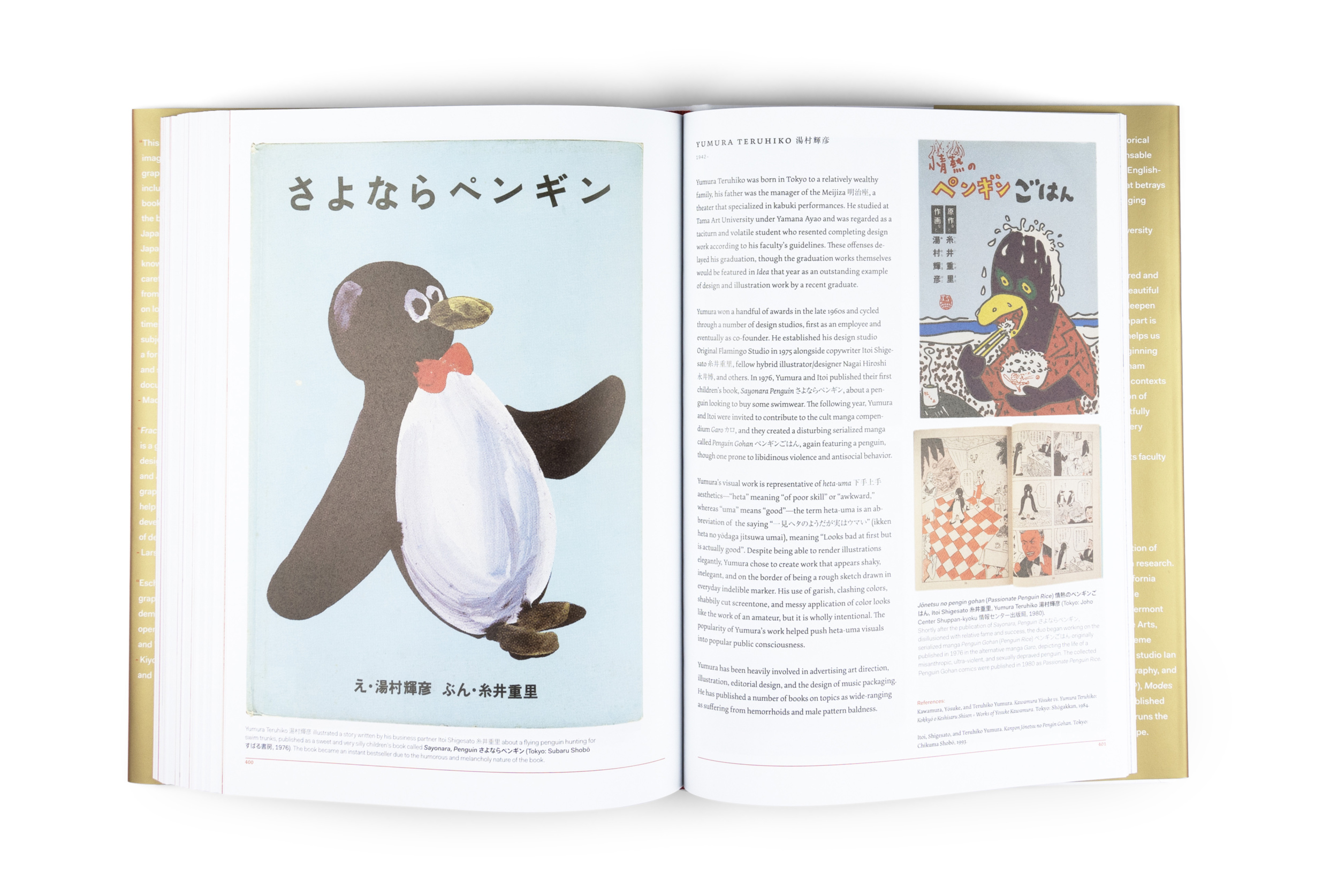
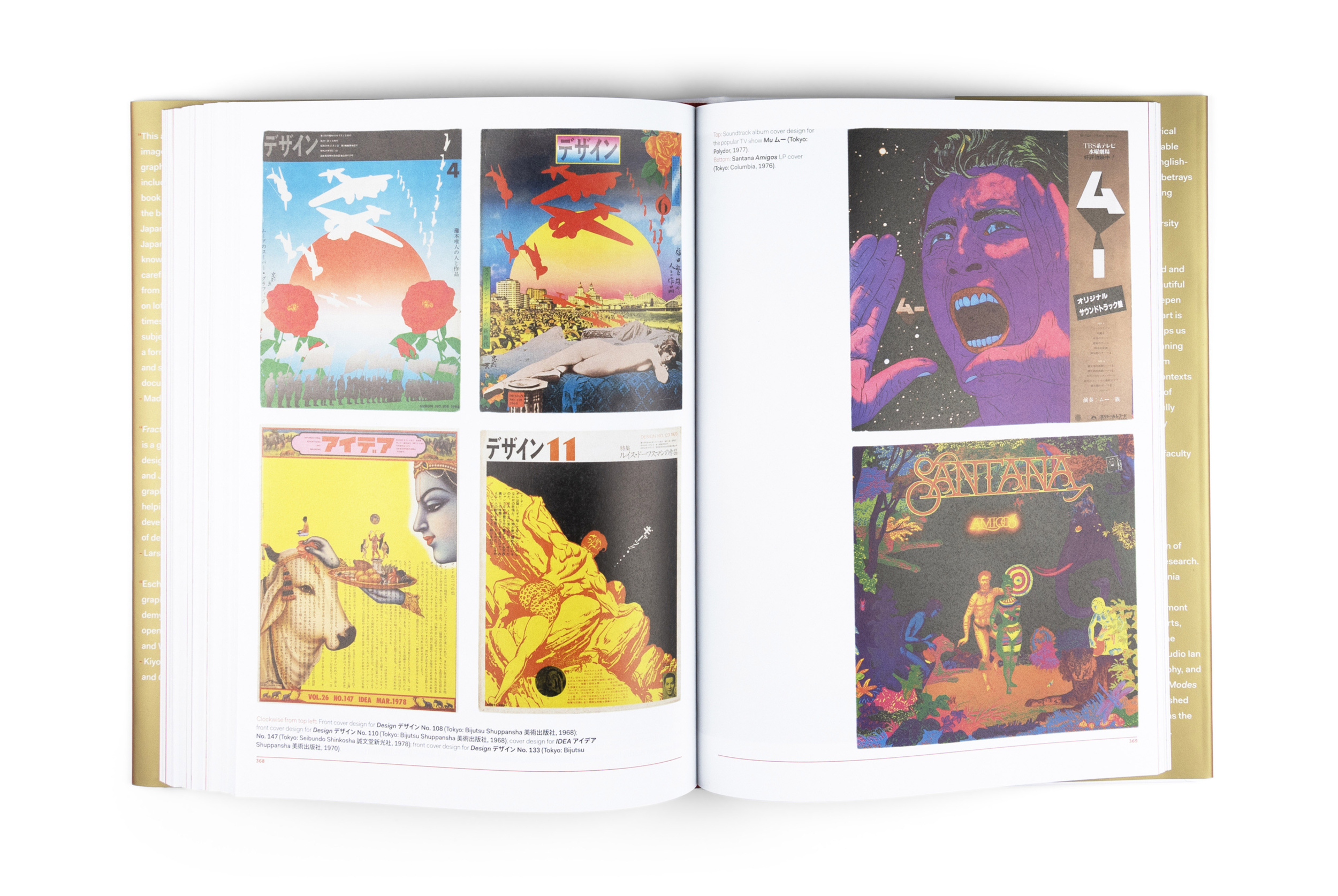
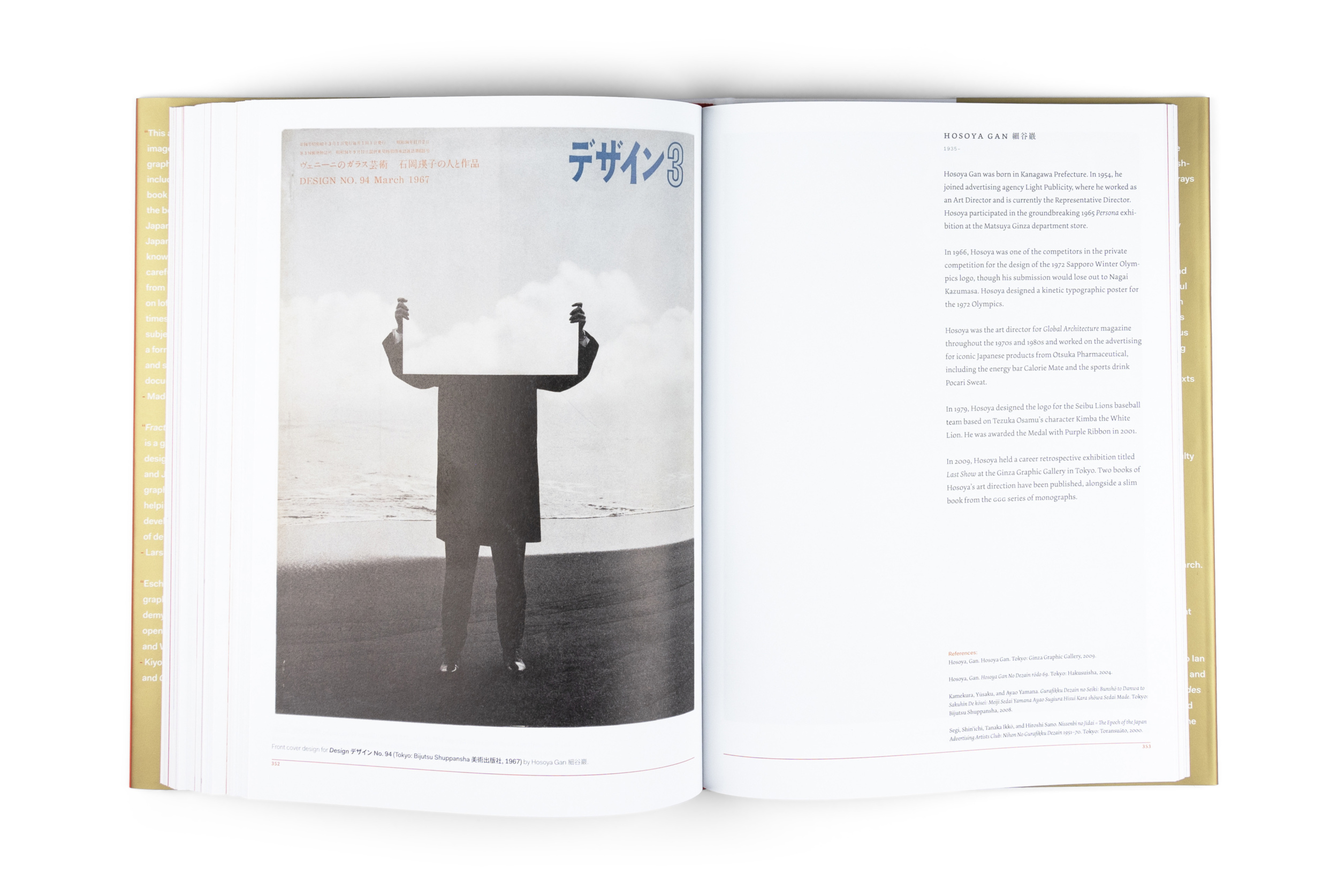
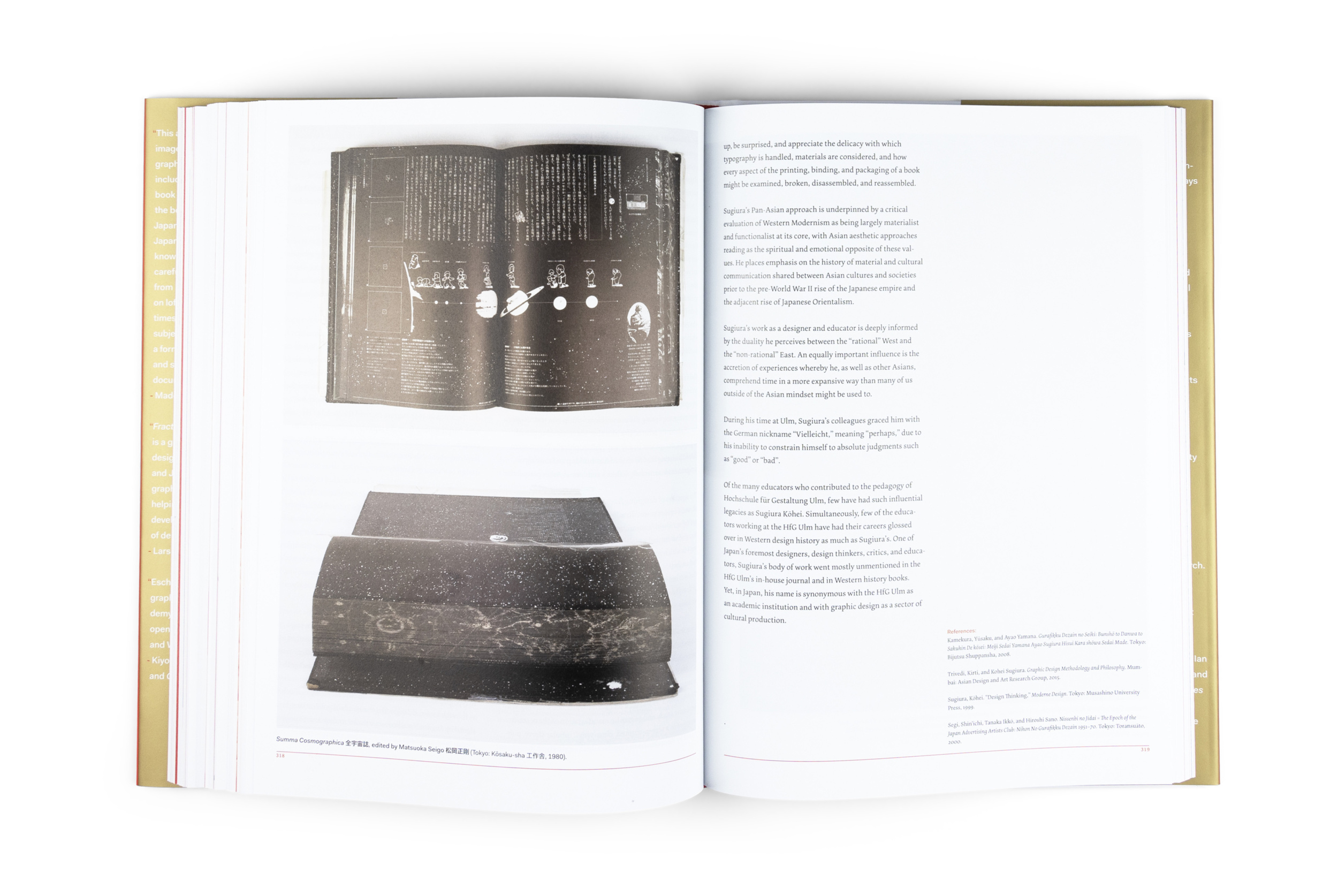
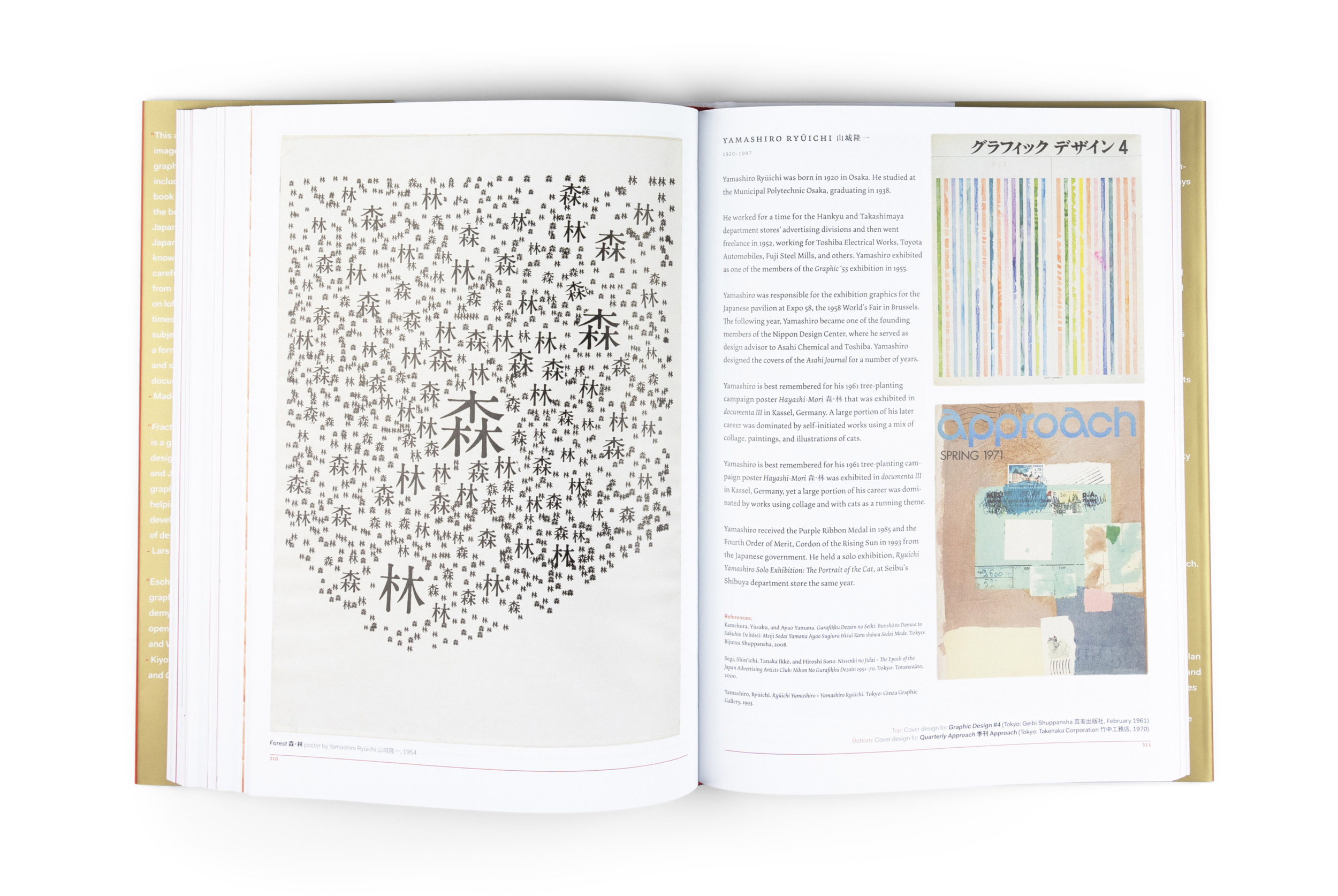
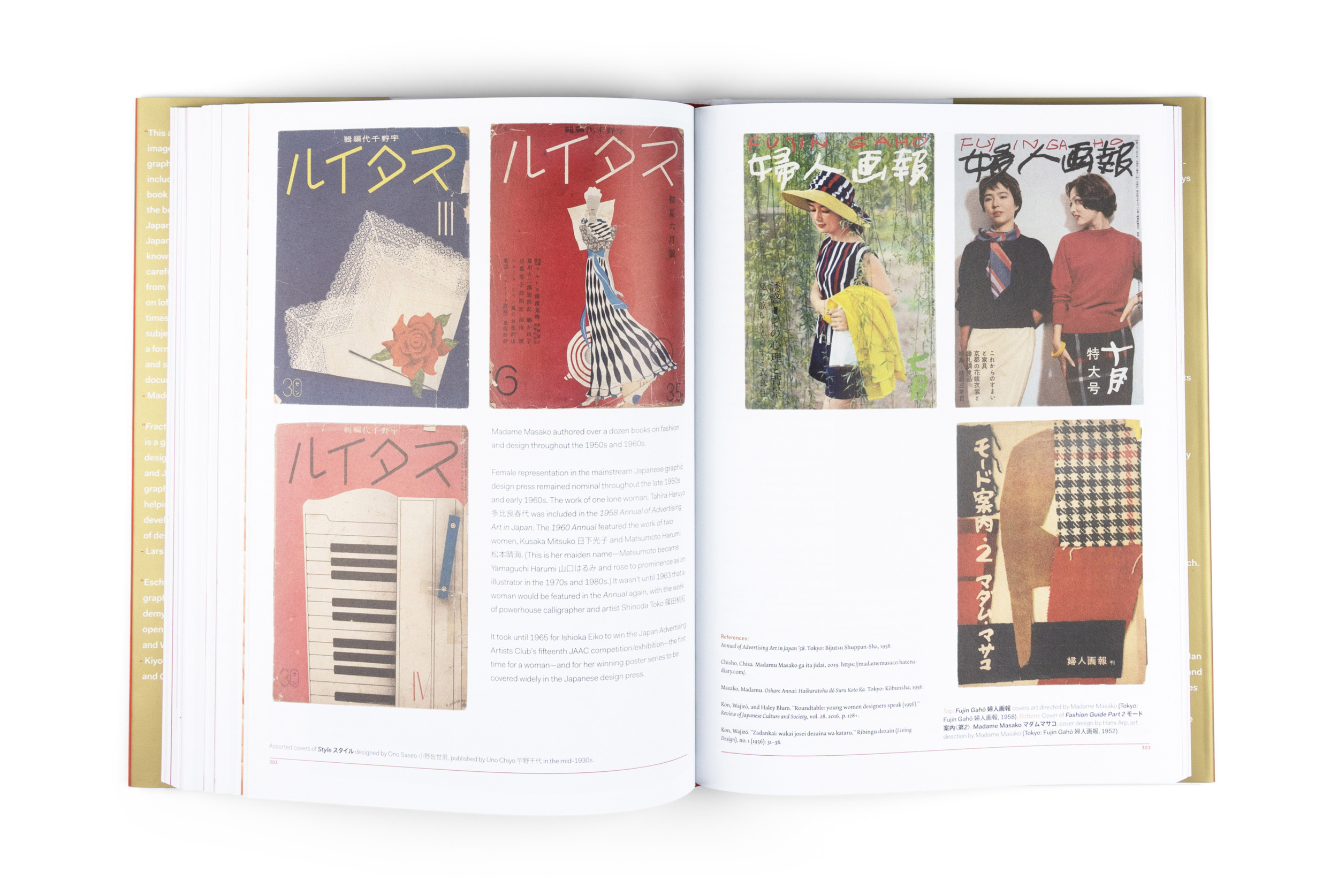
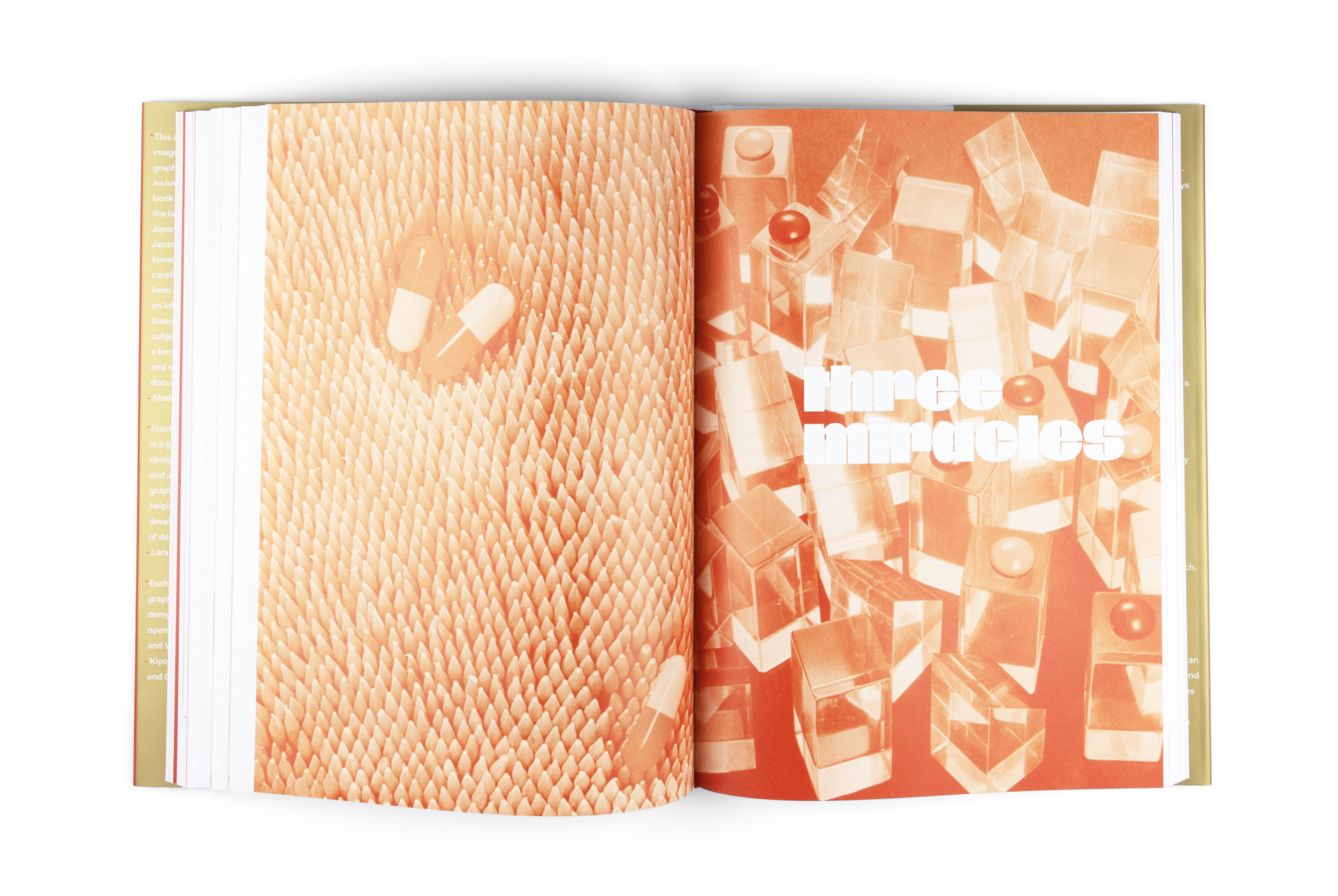
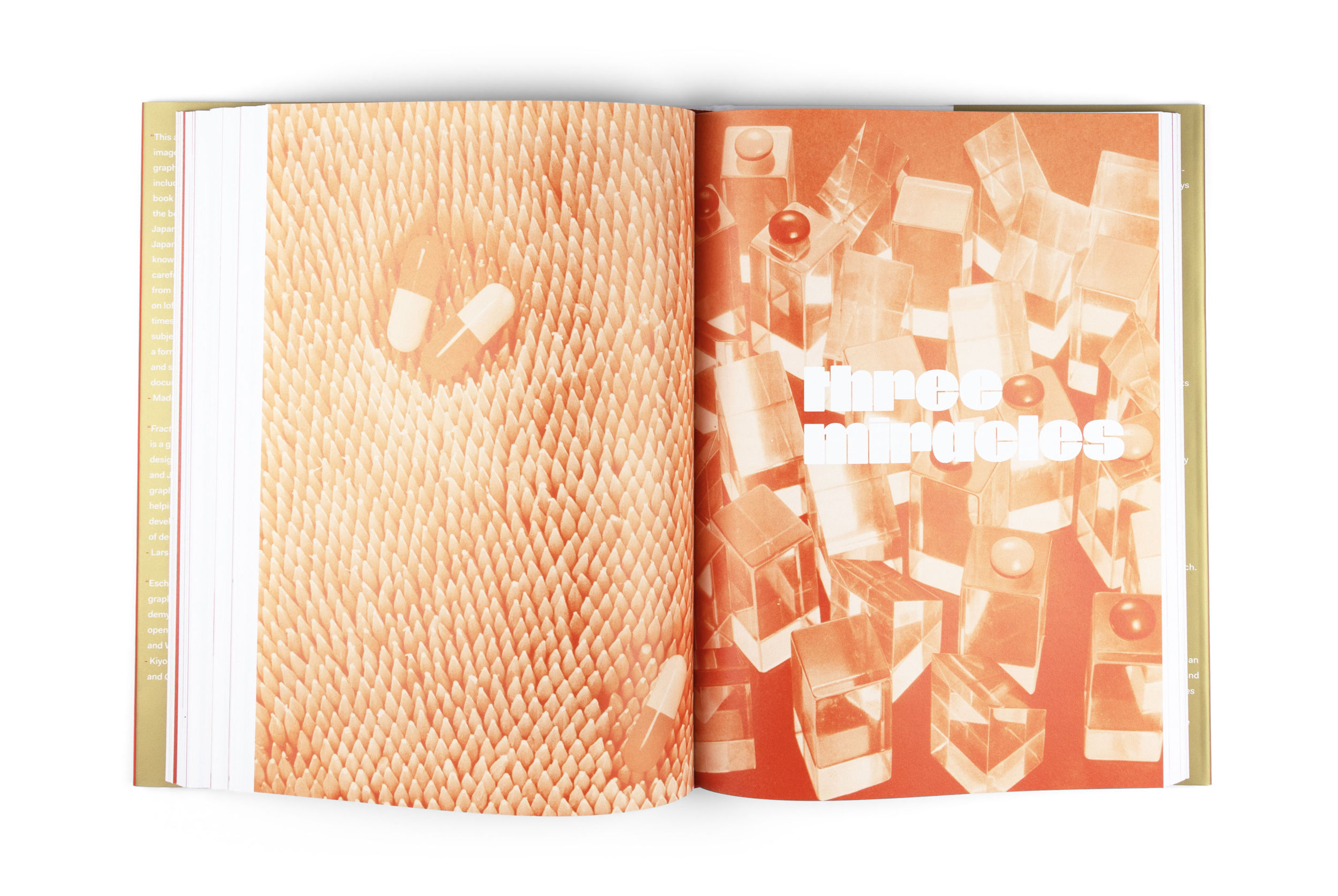
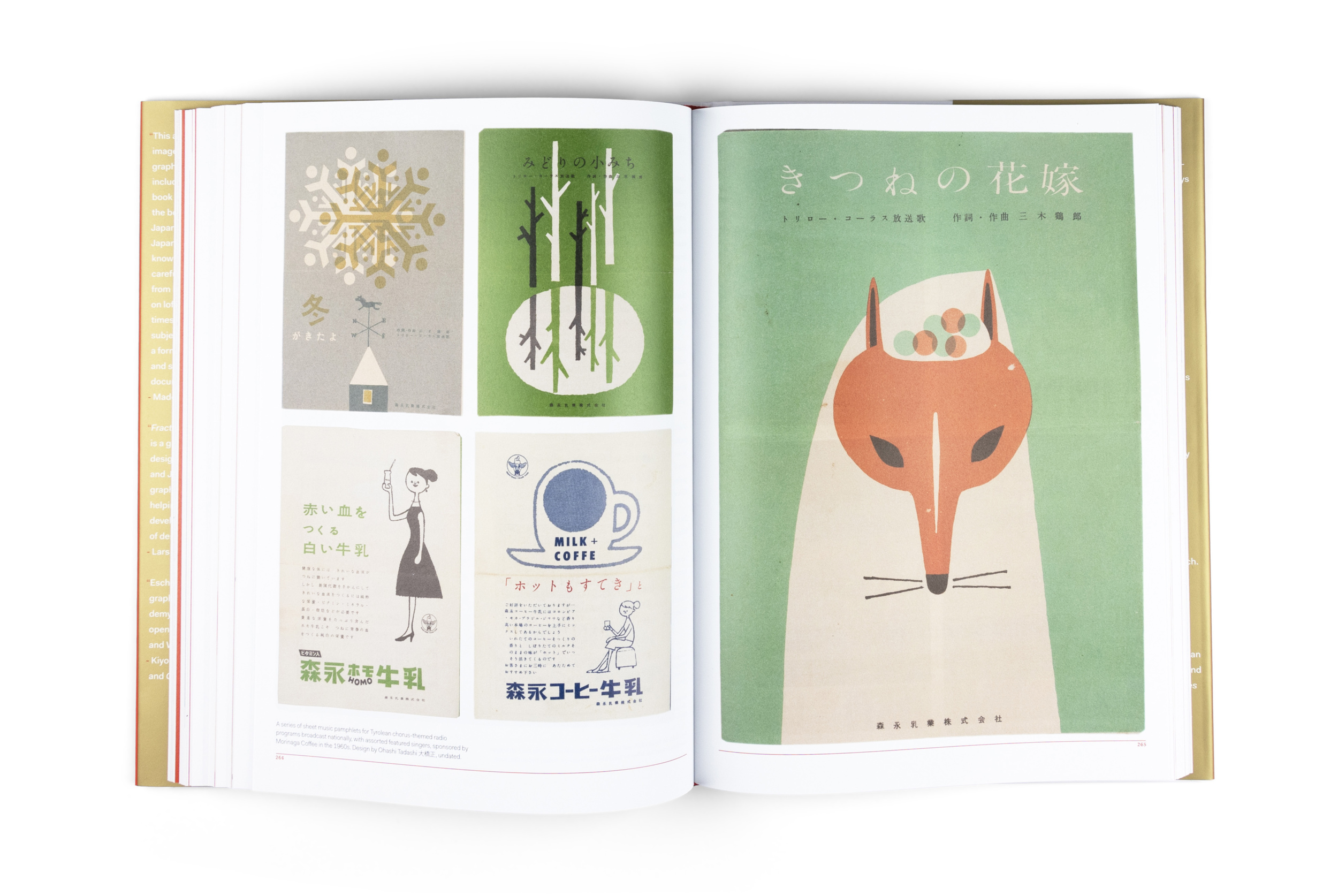
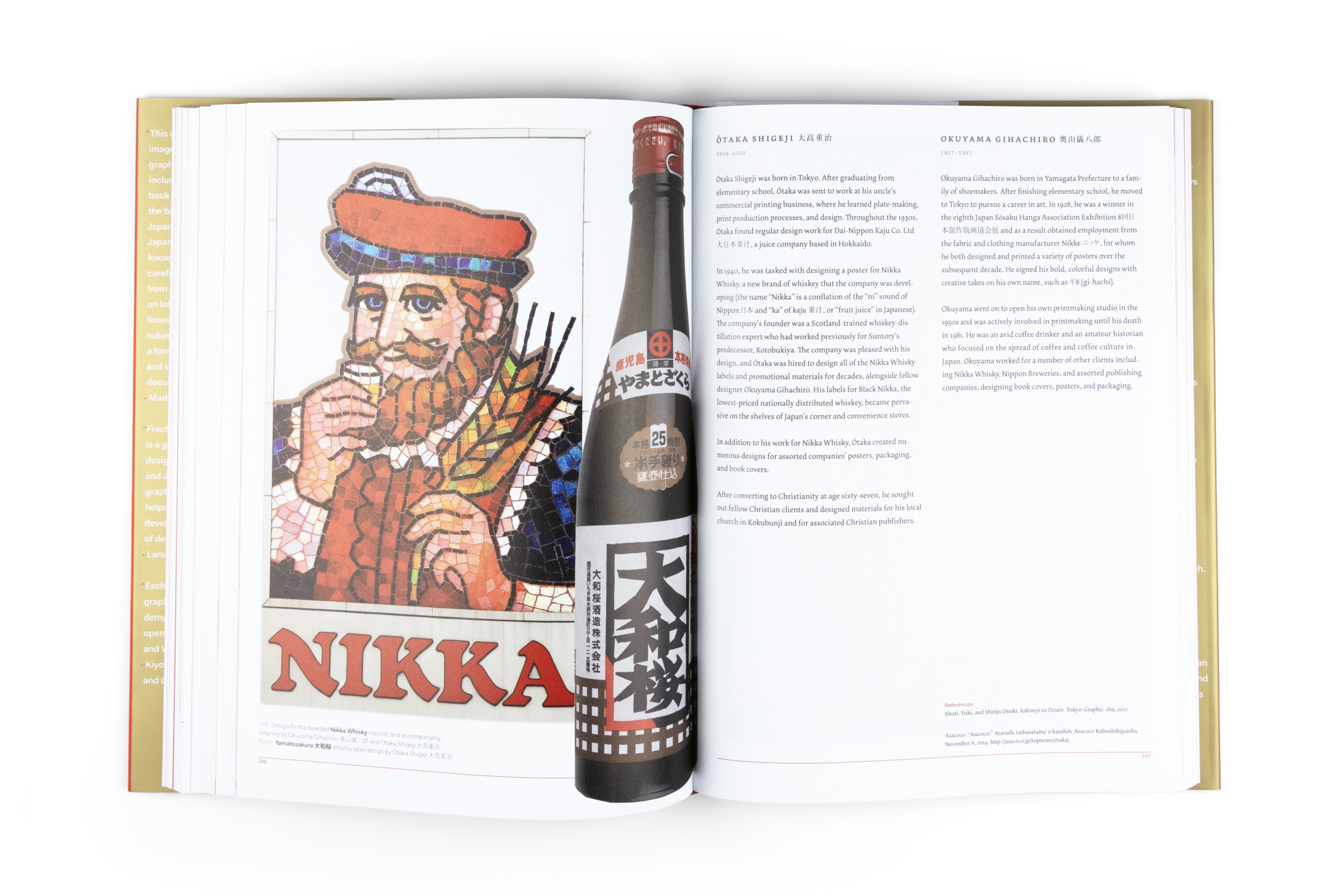
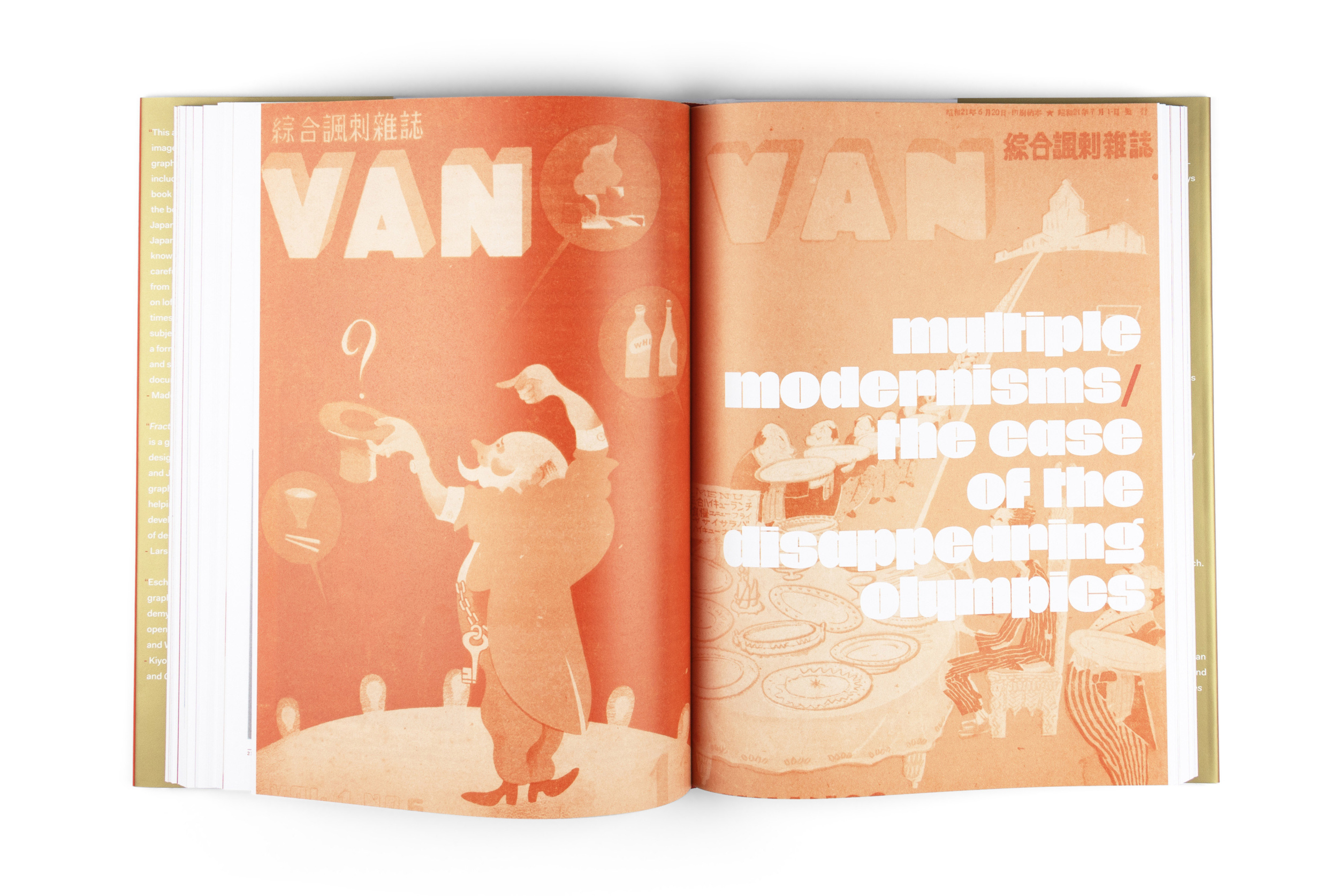
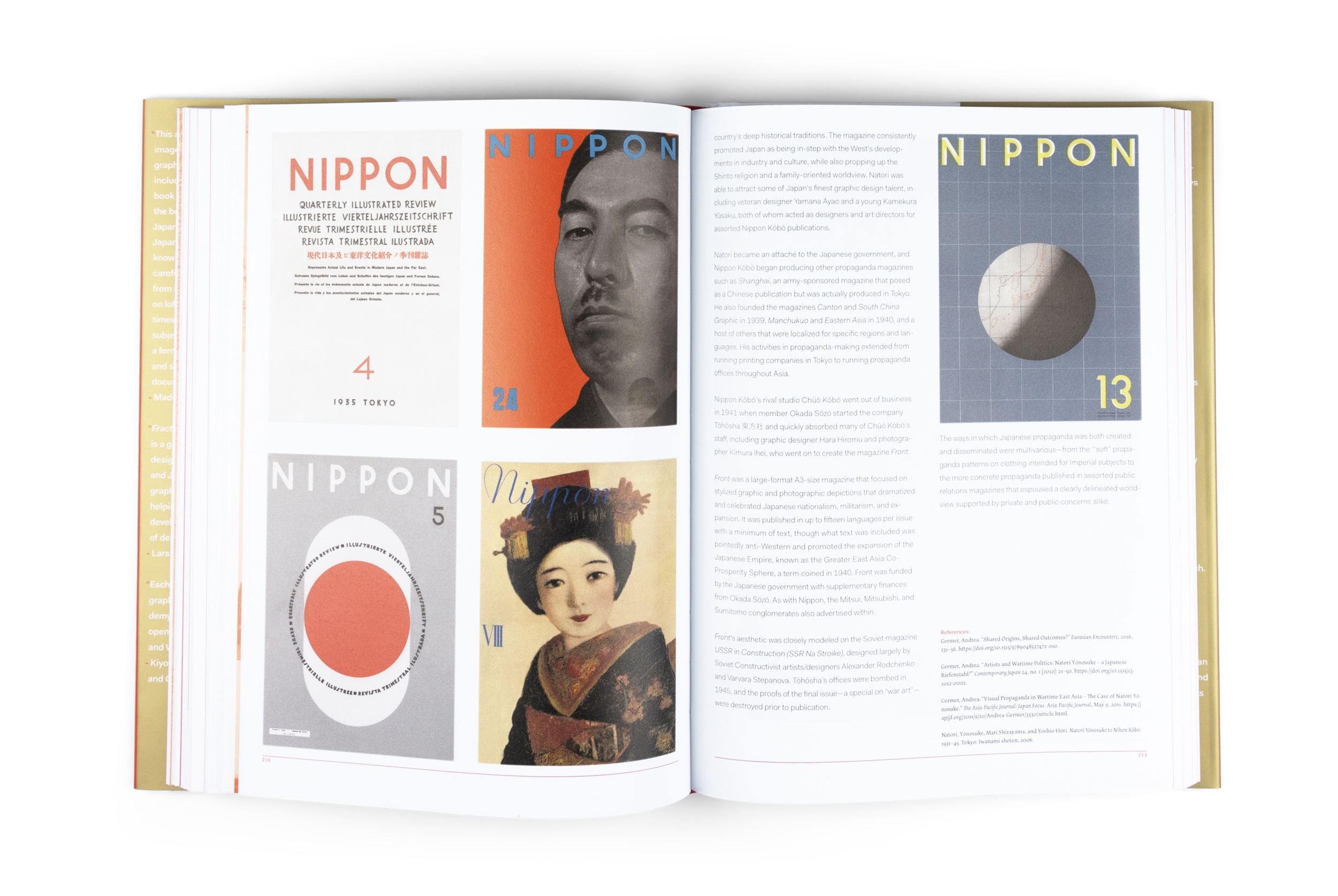
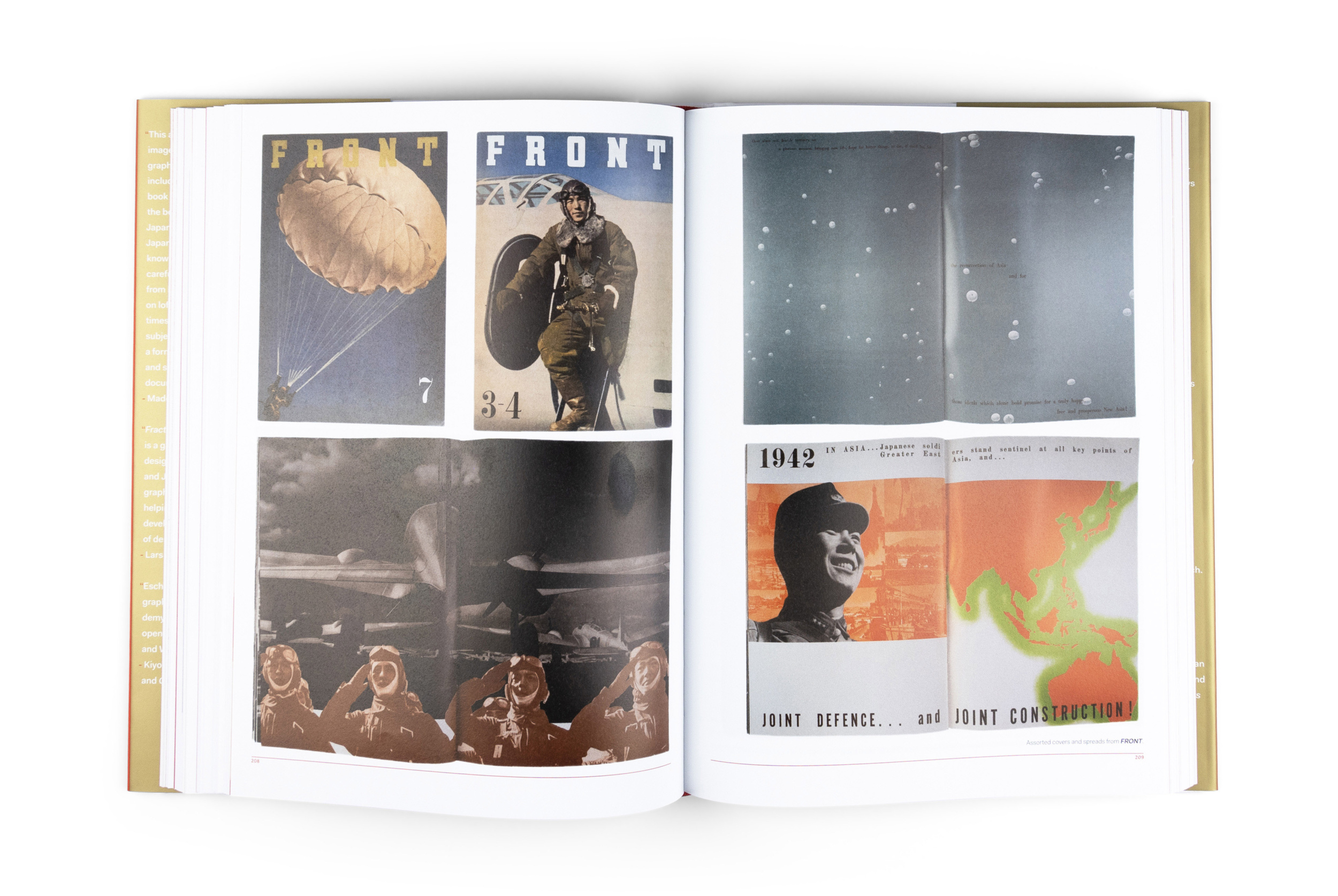
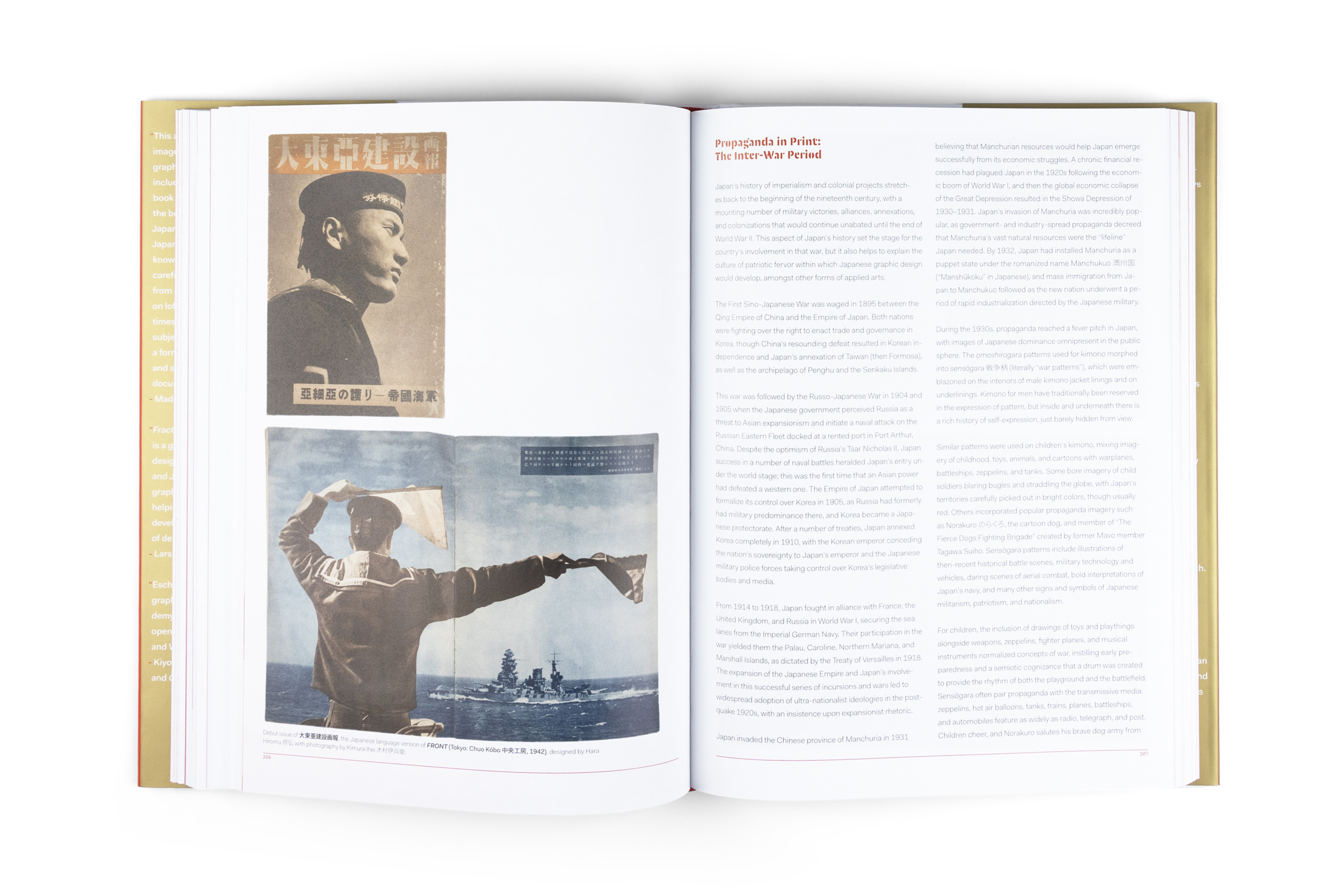
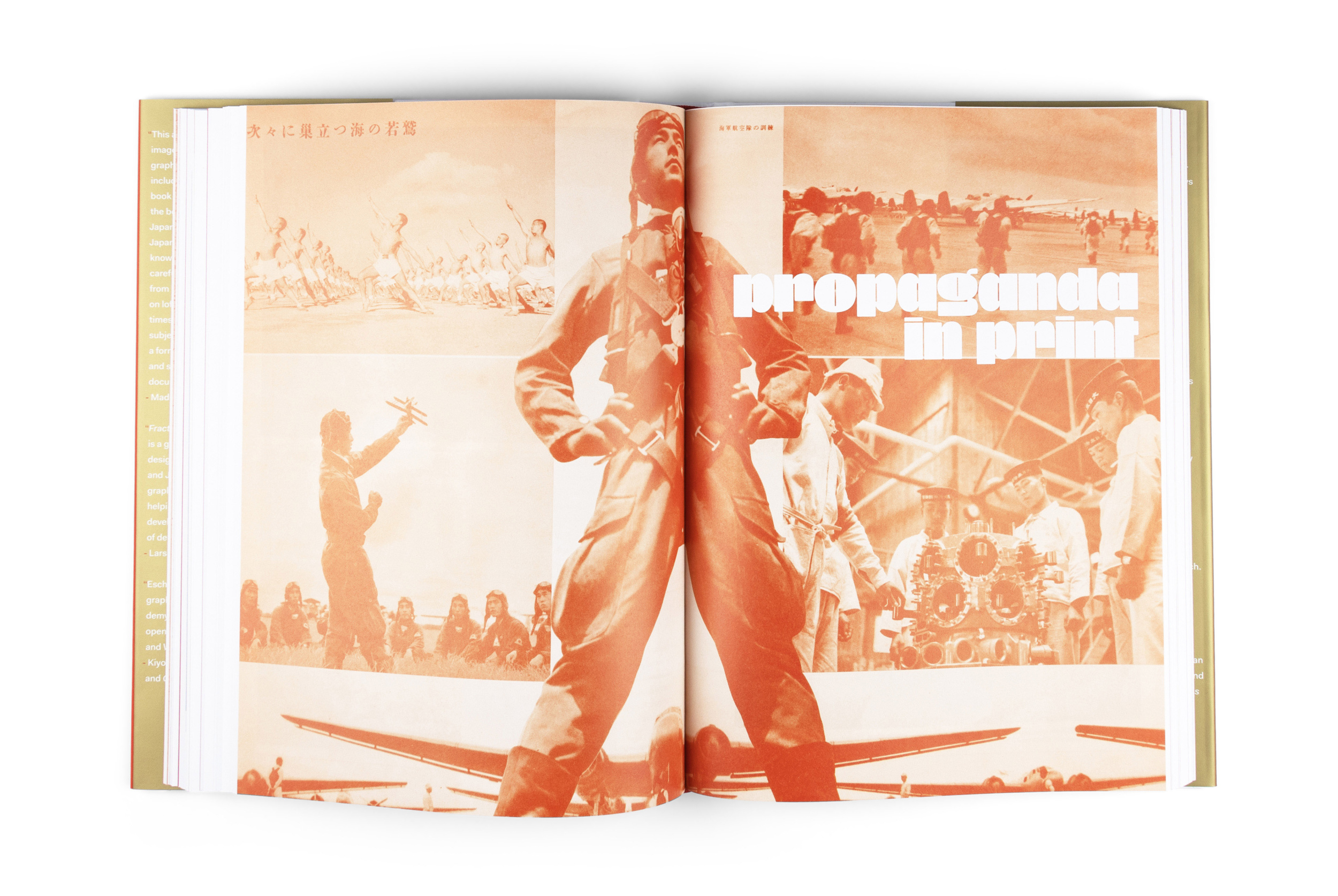
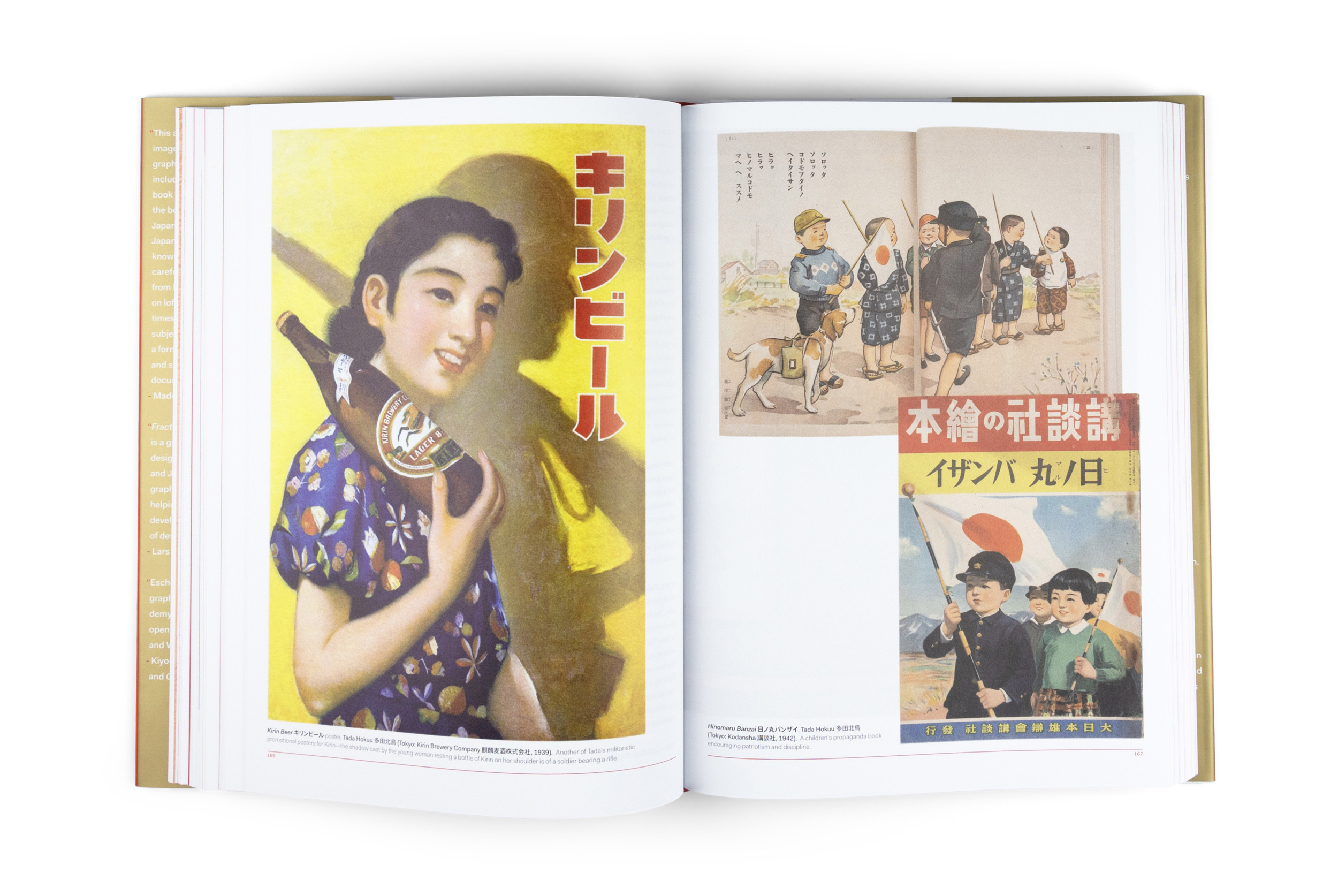
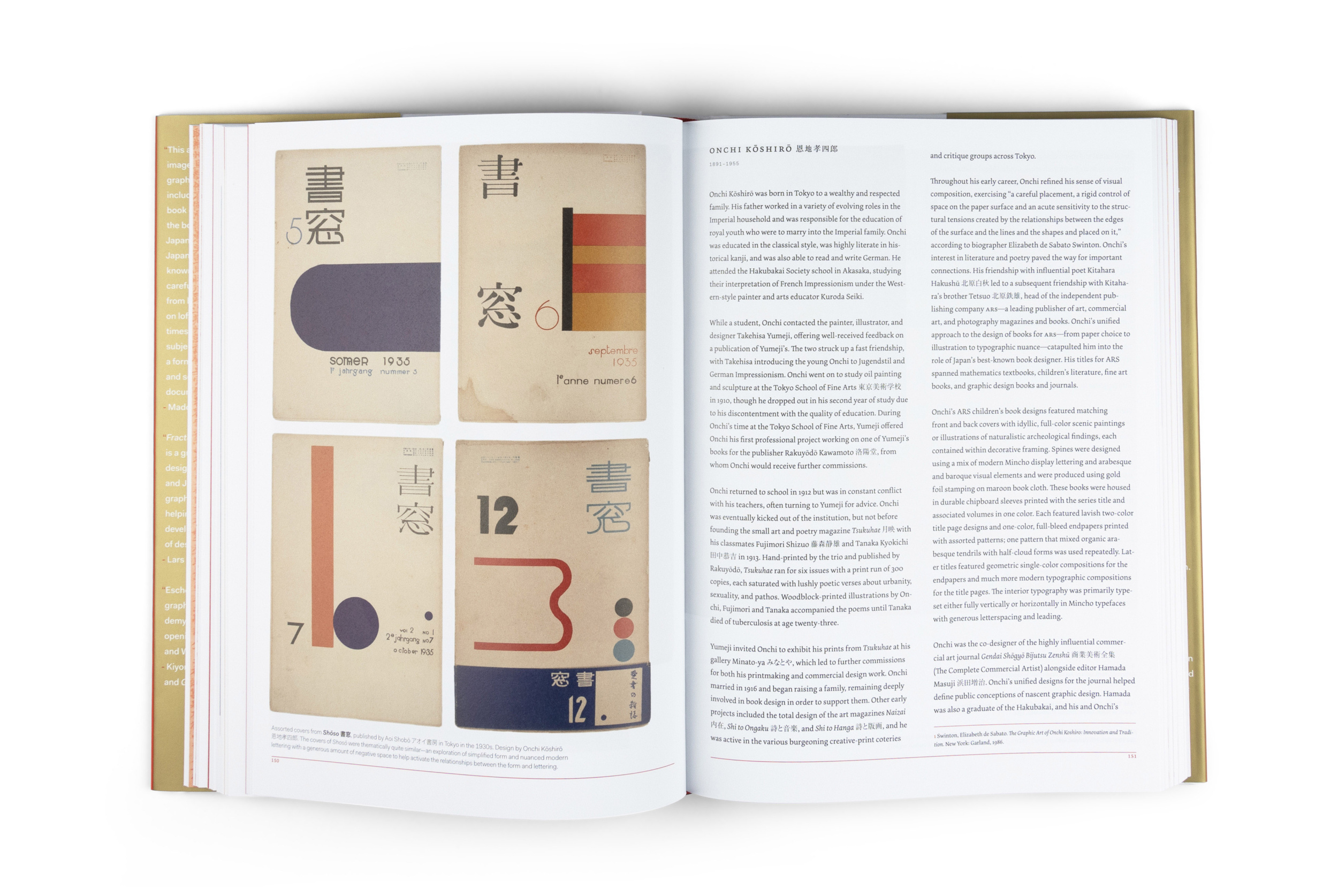
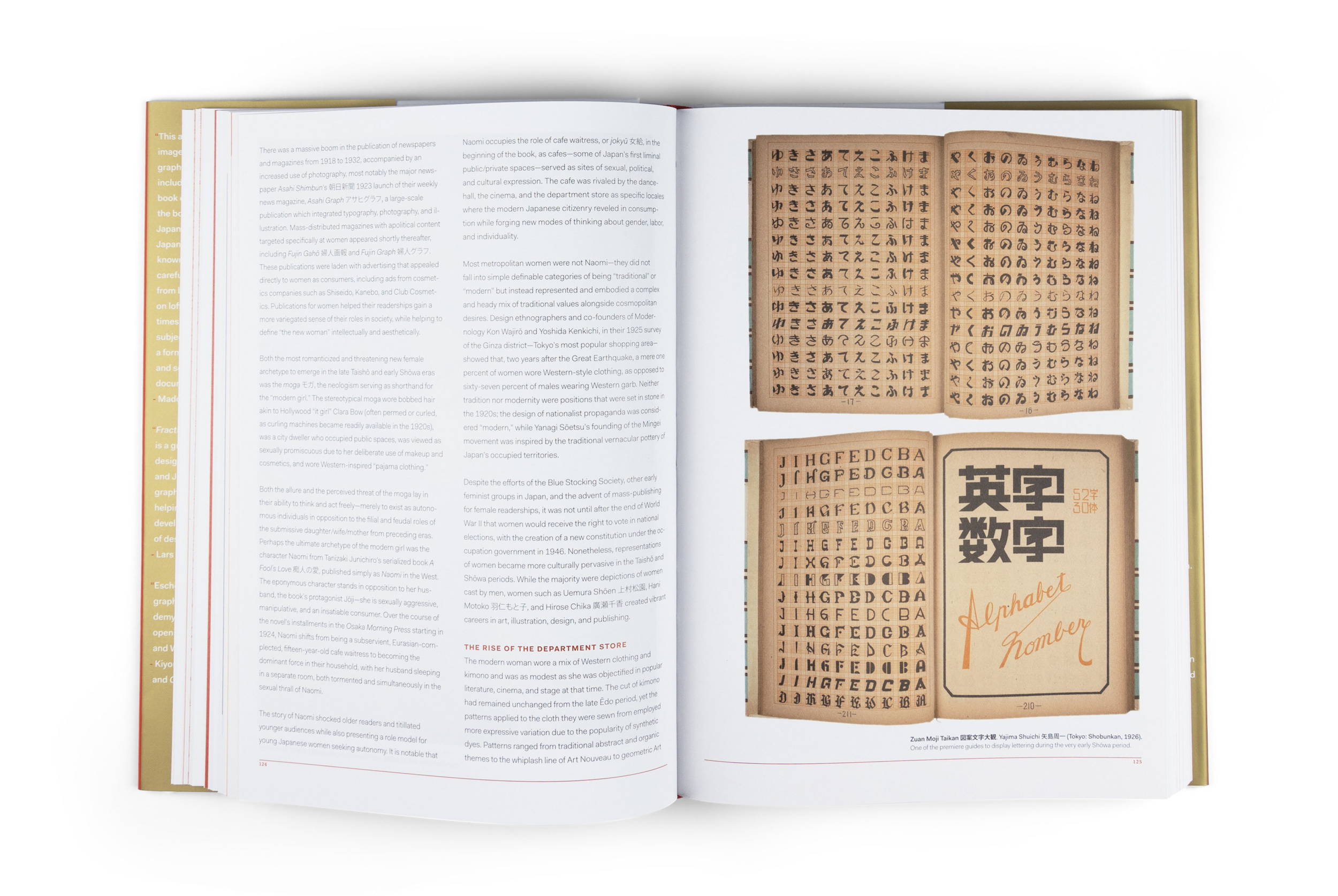
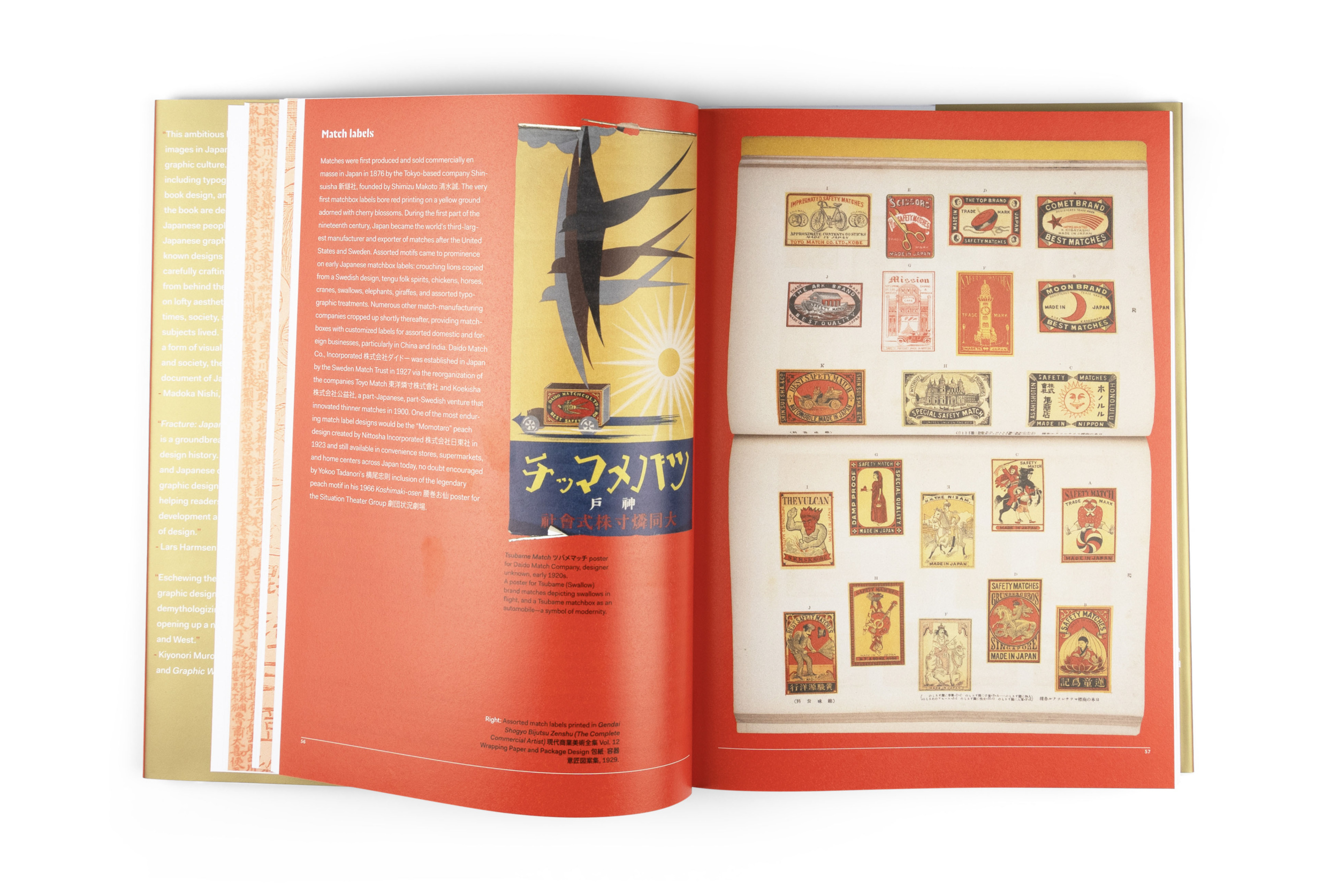
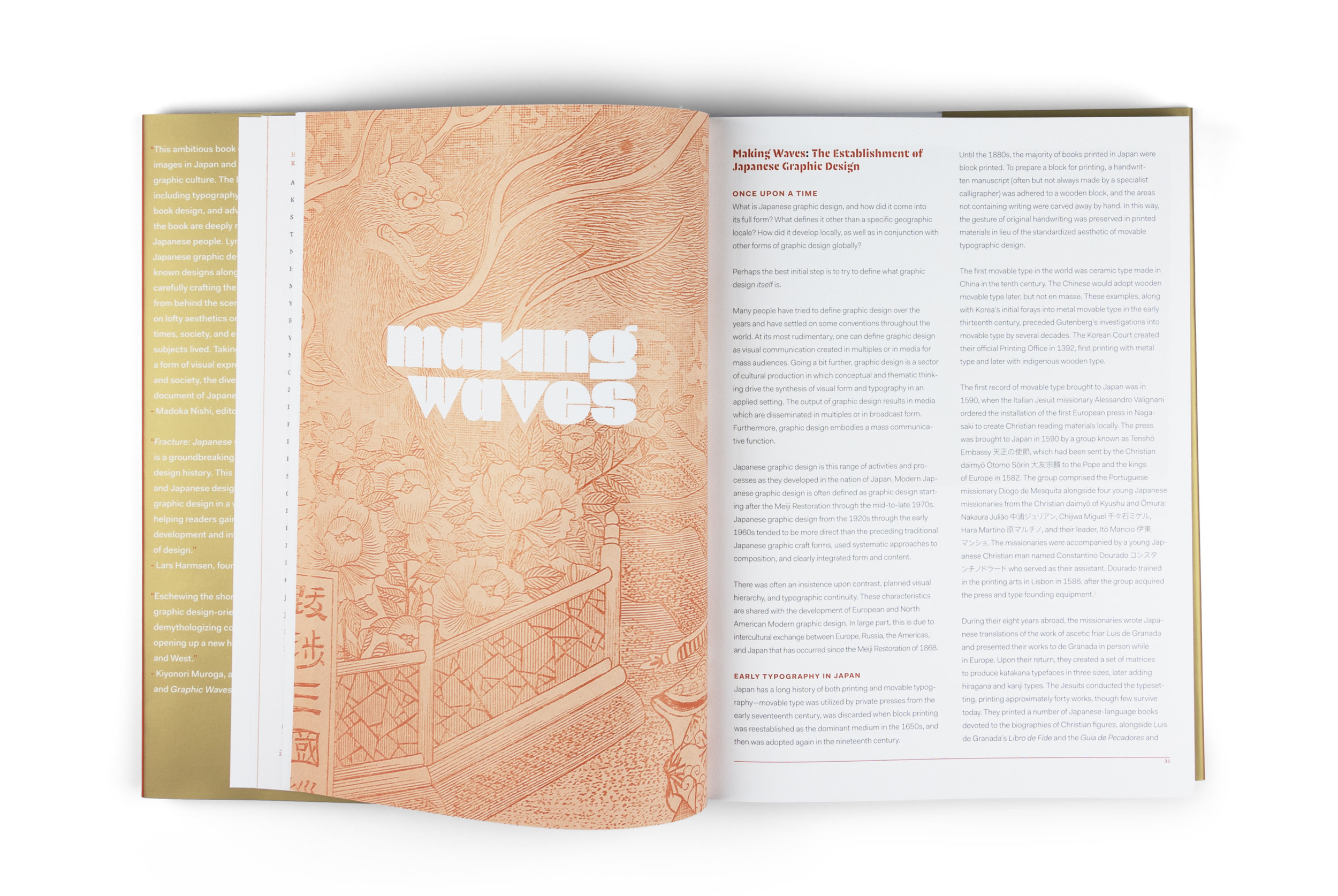
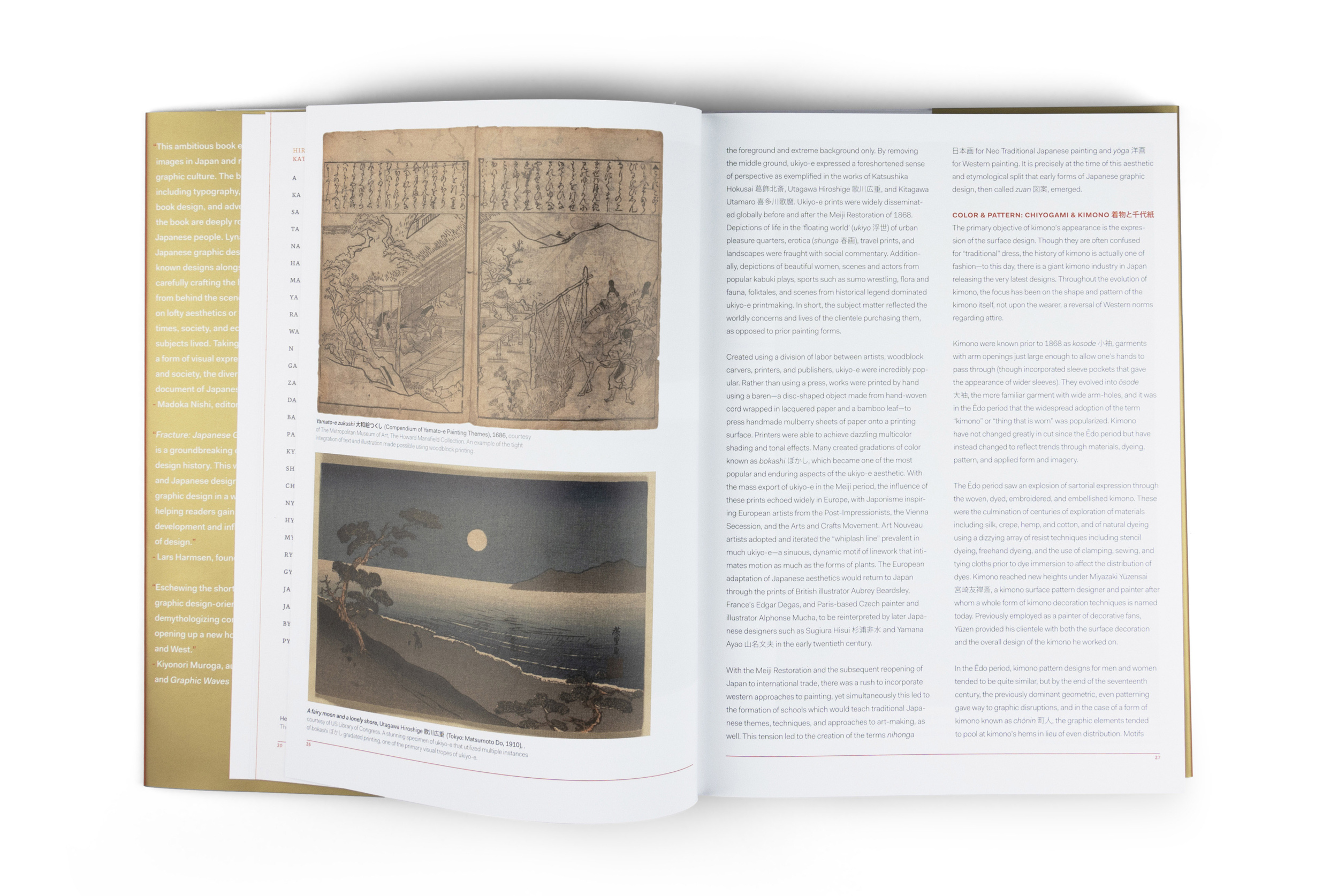
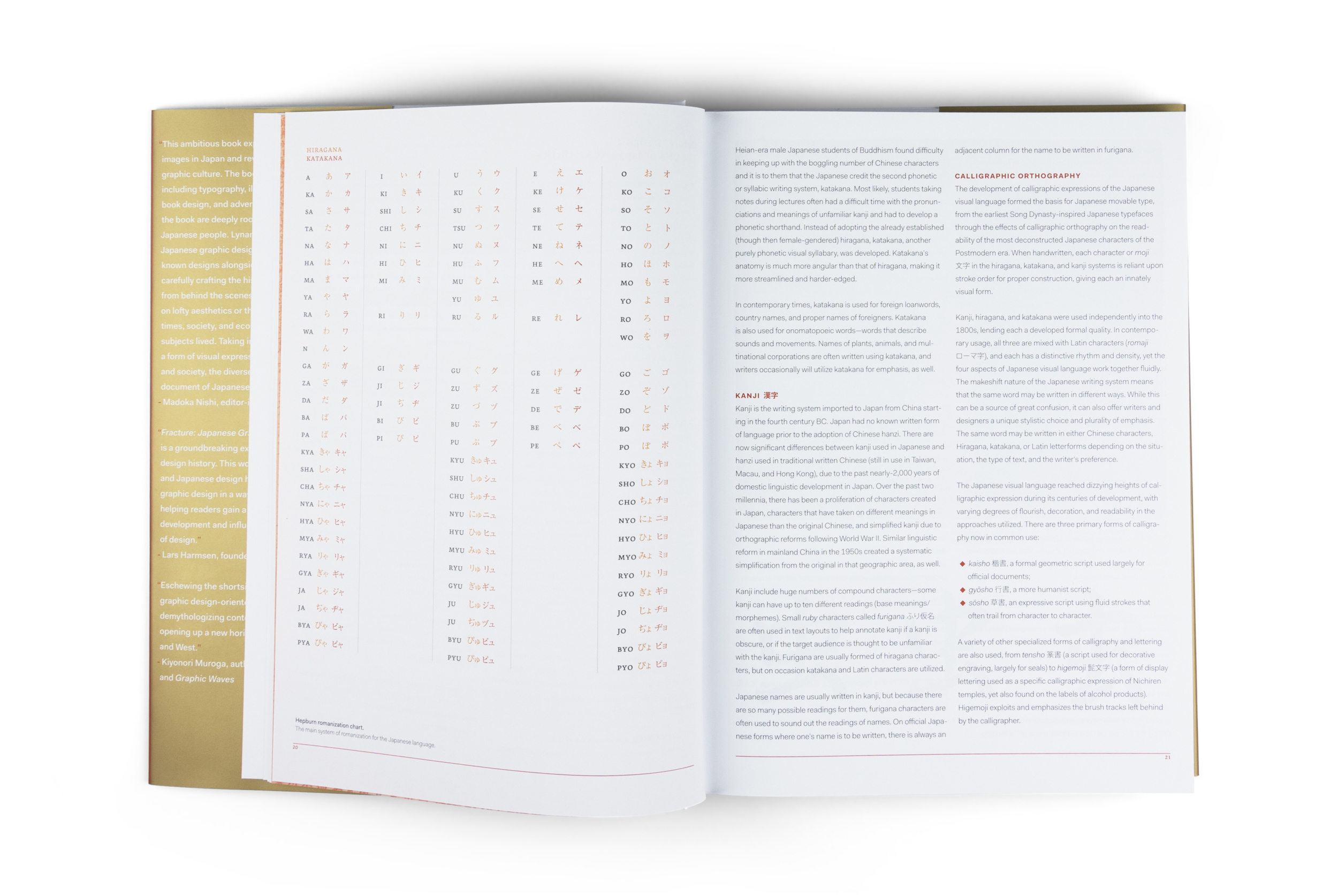
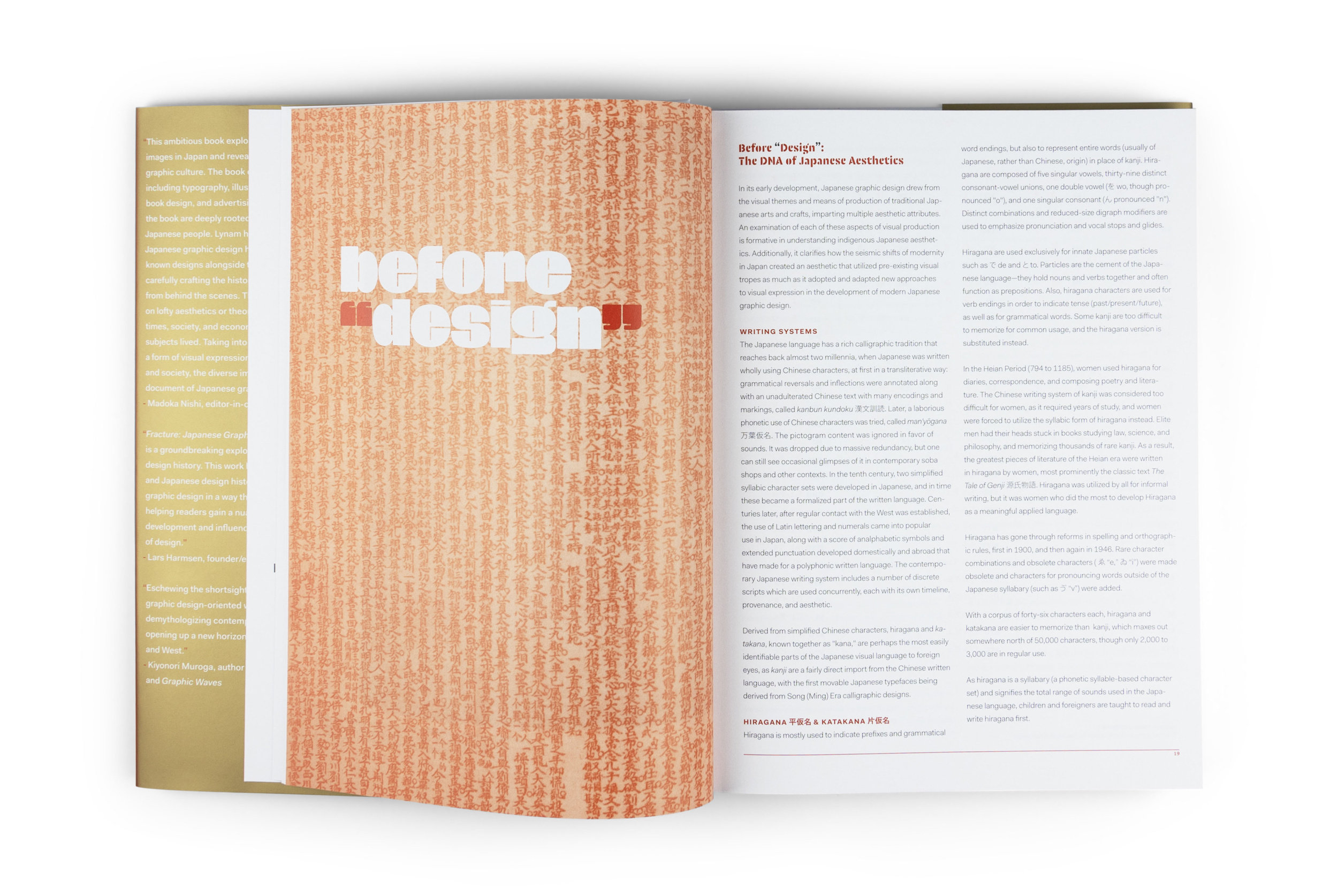
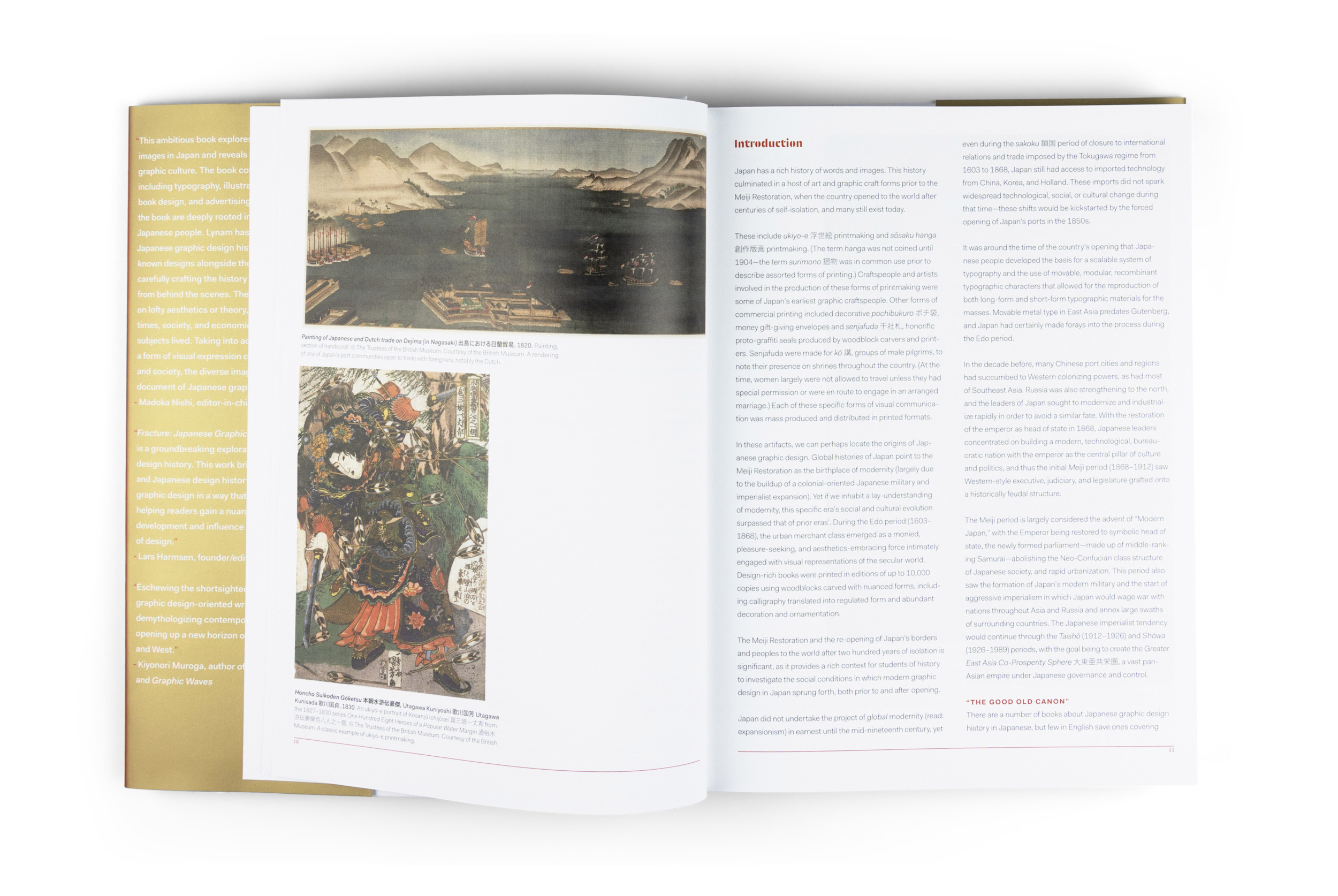
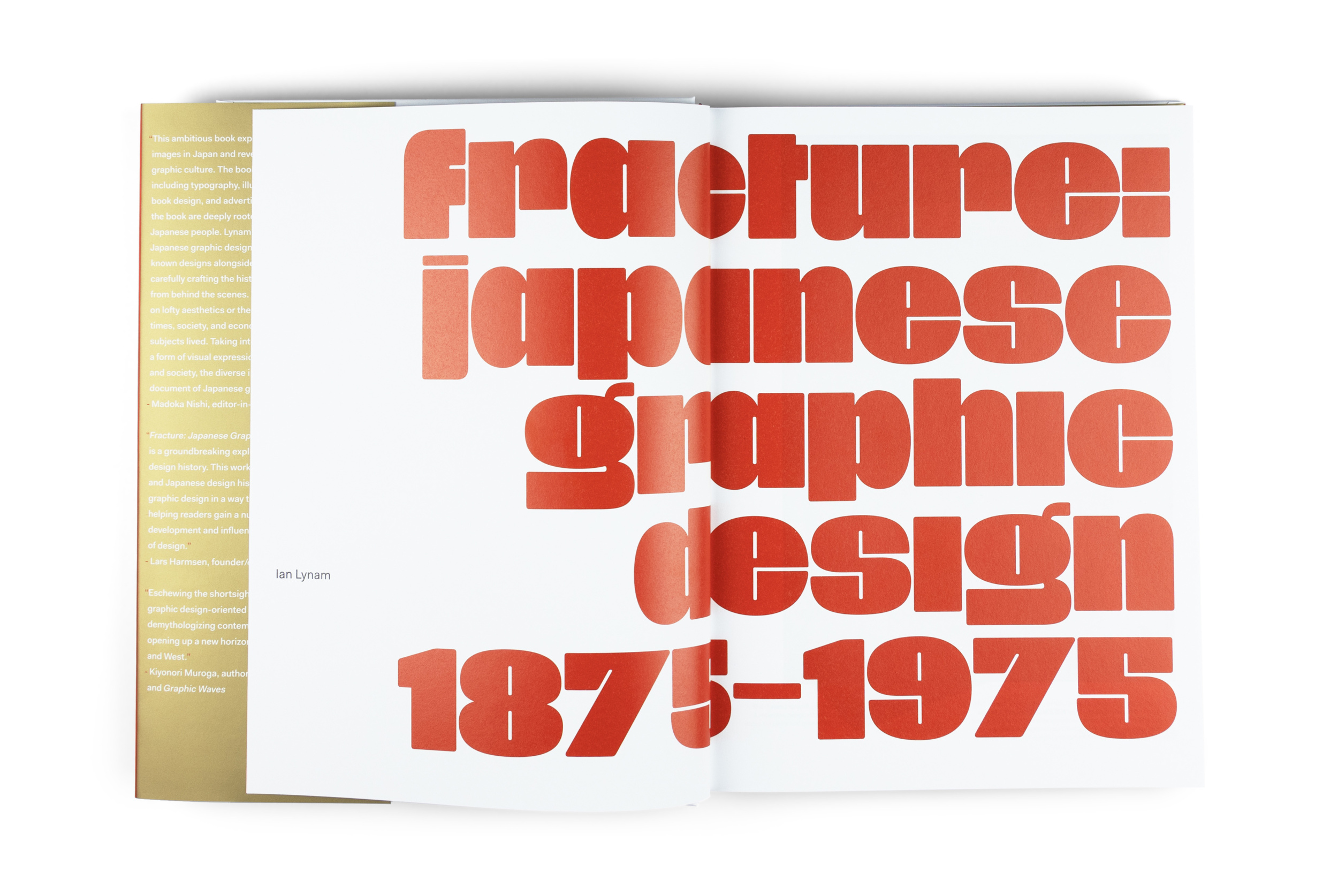
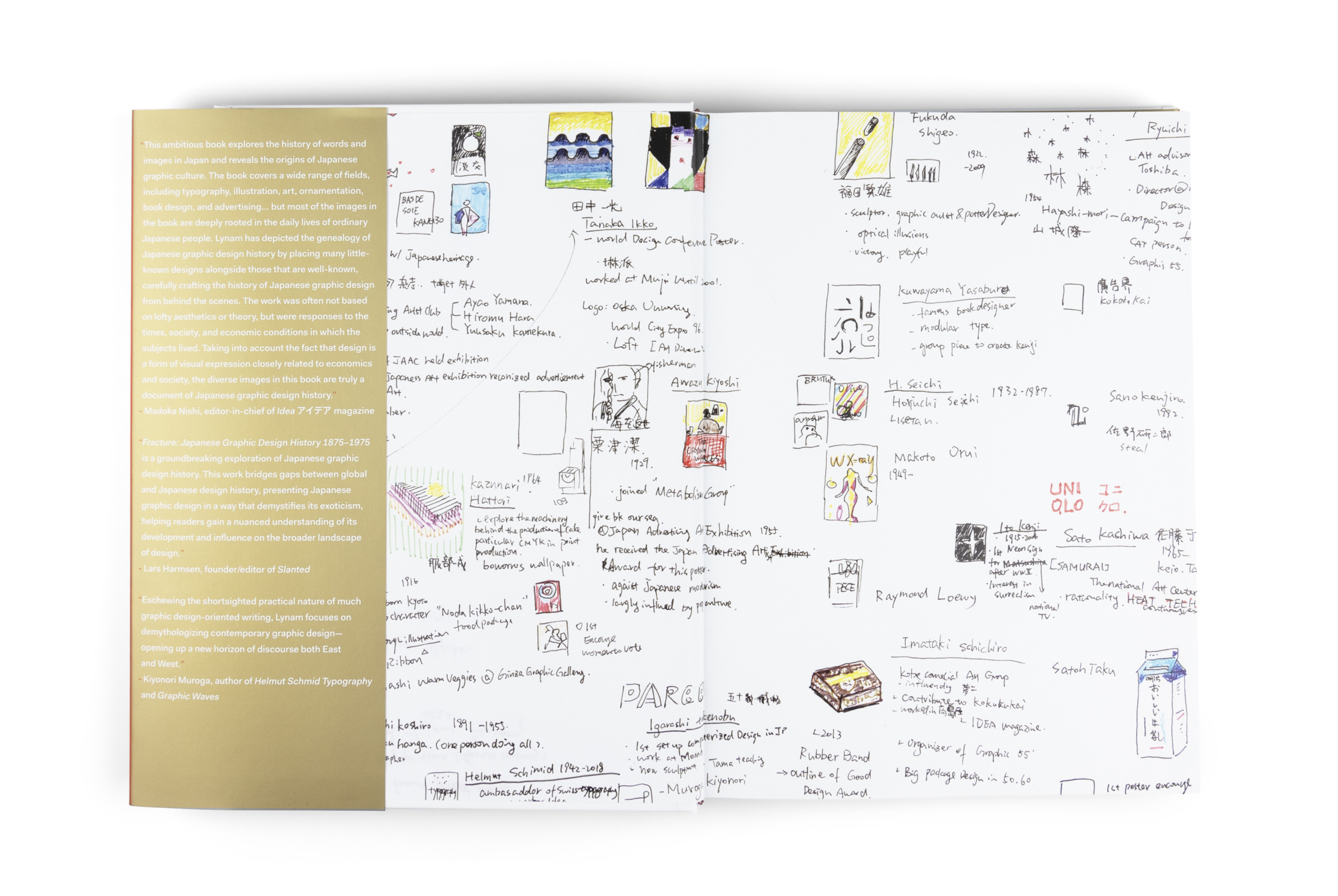
1
/
29
Fracture: Japanese Graphic Design 1875–1975
€ 32.00
With Fracture, author Ian Lynam presents a survey of Japanese design across a century as told through the biographies of its most influential creators. The chronology begins less than two decades after Japan’s opening to the West, ending a 200-year isolationist policy. Lynam features the stories of more than 90 pacesetters shaping the country’s modern aesthetic. We meet Hani Motoko, considered Japan’s first female journalist, who commissioned Frank Lloyd Wright to build the “Hall for Tomorrow” schoolhouse in Toshima City, Tokyo. Amid the national propaganda of the interwar period, a vision of the modern Japanese woman emerges in the advertisements of Hisui Sugiura and Tada Hokuu. The 1964 Olympics marked a watershed moment for Japanese design on the international stage, with Yusaku Kamehura’s “red circle” logo and the design of pictograms used in the competition for the first time. Finally, the survey concludes with the rise of women’s liberation or ribu, and the state of graphic design at the threshold of the digital age.
Illustrated with children’s book pages, travel posters, maps, product advertisements, erotic magazine covers and more, Fracture functions as a visual treasure trove of Japanese ephemera while also introducing readers to the creative minds behind these formative designs.
Publisher Set Margins'
Pages: 447
Material: hardcover
ISBN: 9789083449845
Categories: graphic design, sociology/media
Dimensions: 19 × 26 cm
stay in touch
Send us your name and email and we will semi-regularly keep you up-to-date on our latest news, deliveries and events.
We use cookies to ensure that we give you the best experience on our website

